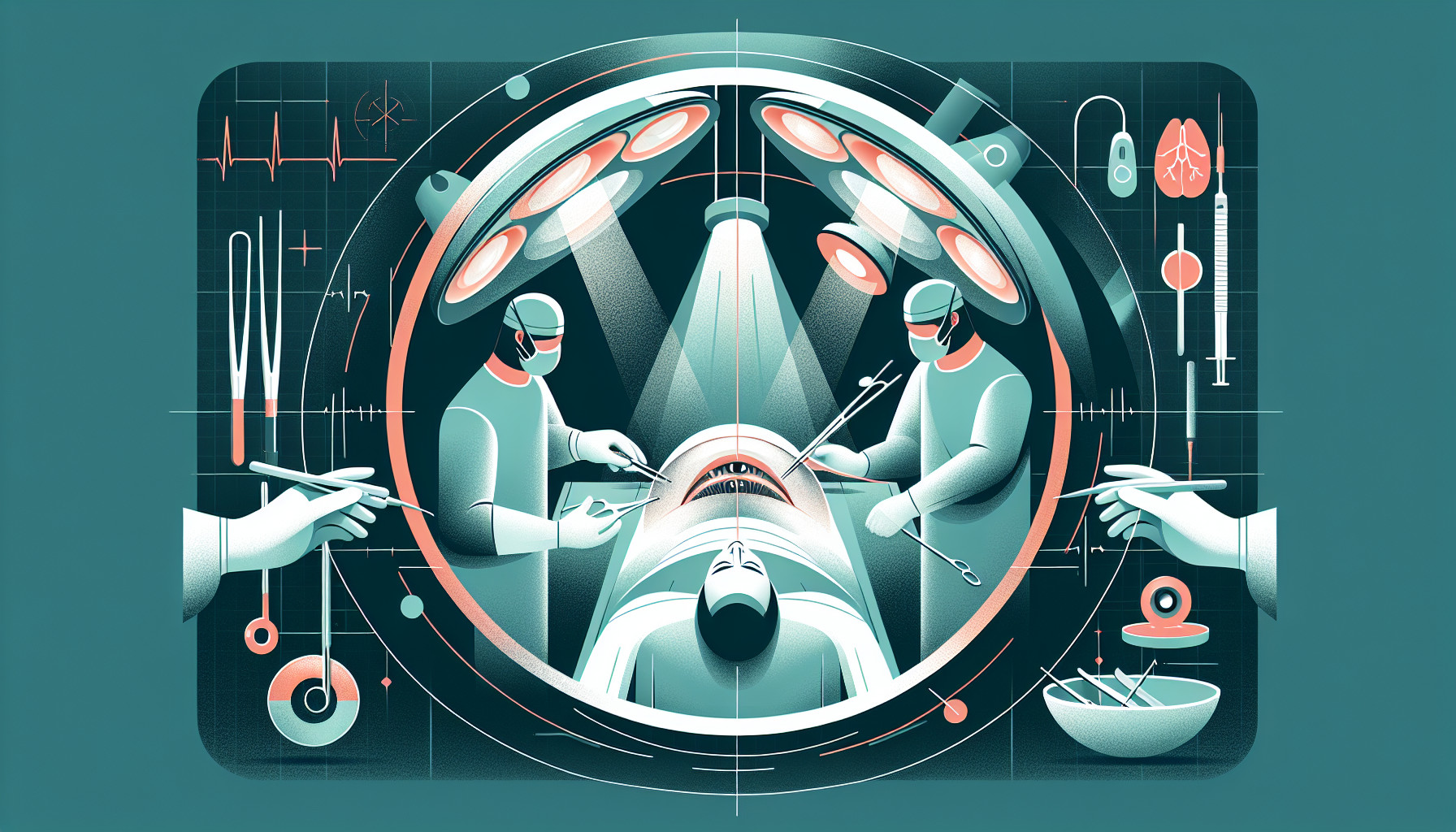Our Summary
This research paper discusses the advancements and challenges in pediatric cataract surgery, specifically in infants. Over the past decade, our understanding of children’s eyes has greatly improved, leading to better surgical outcomes. However, surgery remains more difficult in younger children and infants, as their eyes and bodies are significantly different from adults.
The paper highlights the importance of various factors in ensuring the best possible outcome after cataract surgery. These factors include the timing of the surgery, the type of operation, measurements of the eye’s dimensions (biometry), the size and type of the artificial lens used (intraocular lens), the desired vision correction after surgery (postoperative refraction), as well as considerations during the surgery such as wound size and type, management of the lens capsule, the technique used to remove the jelly-like substance in the eye (anterior vitrectomy), wound closure, and the removal of a gel-like substance used during surgery (viscoelastic).
The paper also discusses the effects of anesthesia and fluid input in infants during surgery, and the importance of medications before, during, and after surgery. The main point is that each child’s case is unique and needs to be handled with specific care and consideration.
FAQs
- What are some of the factors that can affect the outcome of a pediatric cataract surgery?
- How does the age of the child influence the difficulty of cataract surgery?
- Why is the child’s eye not considered a small adult eye when it comes to cataract surgery?
Doctor’s Tip
One helpful tip a doctor might tell a patient about cataract surgery is to follow all pre-operative instructions carefully. This may include stopping certain medications, fasting before surgery, and arranging for transportation to and from the surgical center. By following these instructions, the patient can help ensure a successful surgery and smooth recovery process.
Suitable For
Adult patients who are typically recommended for cataract surgery include those who are experiencing significant vision loss due to cataracts, have difficulty with daily activities such as driving or reading, have cataracts that are affecting their quality of life, have cataracts that are causing significant glare or halos, or have other eye conditions that are being worsened by the presence of cataracts.
Other factors that may influence the recommendation for cataract surgery include the patient’s overall health, ability to undergo surgery and recover, and the potential benefits and risks of the procedure. Ultimately, the decision to undergo cataract surgery should be made in consultation with an eye care professional who can assess the individual patient’s needs and recommend the most appropriate course of treatment.
Timeline
Before cataract surgery:
- Patient experiences gradual loss of vision, blurred or cloudy vision, sensitivity to light, difficulty seeing at night, and seeing halos around lights.
- Patient undergoes a comprehensive eye examination to determine the extent of cataracts and overall eye health.
- Patient discusses surgical options, risks, benefits, and expectations with their ophthalmologist.
- Patient may need to undergo pre-operative tests such as biometry to determine the power of the intraocular lens needed.
After cataract surgery:
- Patient may experience improved vision immediately after surgery, but full recovery may take a few weeks.
- Patient may need to use eye drops to prevent infection and promote healing.
- Patient may need to wear an eye shield at night to protect the eye while sleeping.
- Patient may need to avoid strenuous activities and heavy lifting for a certain period of time.
- Patient will have follow-up appointments with their ophthalmologist to monitor healing and vision improvement.
- Patient may need to have their glasses prescription adjusted after surgery to optimize vision.
What to Ask Your Doctor
- What is the success rate of cataract surgery in children?
- What are the potential risks and complications associated with pediatric cataract surgery?
- How experienced is the surgeon in performing cataract surgery on children?
- What type of anesthesia will be used during the surgery, and how will it affect my child?
- What is the expected recovery time after surgery, and what post-operative care will be required?
- Will my child need glasses or contact lenses after the surgery, and how will this be determined?
- What long-term effects could cataract surgery have on my child’s vision and eye health?
- Are there any alternative treatment options to consider before proceeding with surgery?
- How will the intraocular lens be implanted and what factors will determine the type of lens used?
- What follow-up appointments will be necessary to monitor my child’s progress after surgery?
Reference
Authors: Nischal KK. Journal: Dev Ophthalmol. 2016;57:15-28. doi: 10.1159/000442497. Epub 2016 Apr 1. PMID: 27043389
